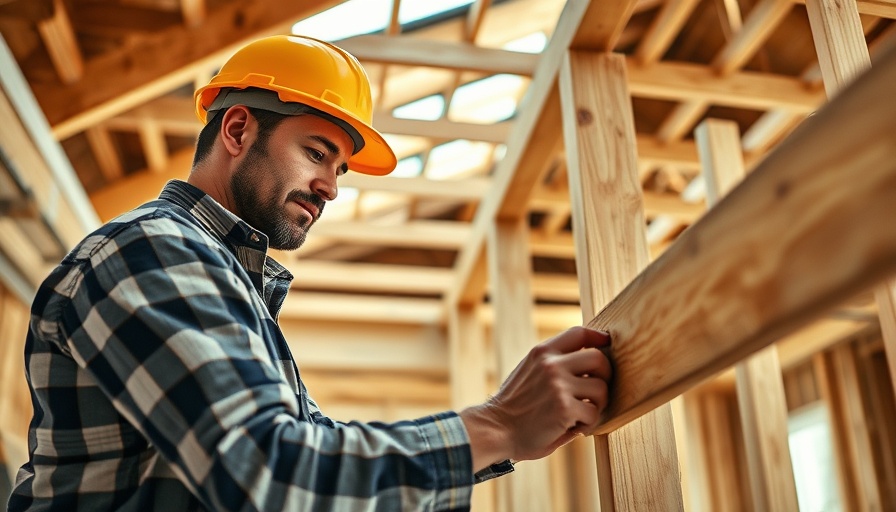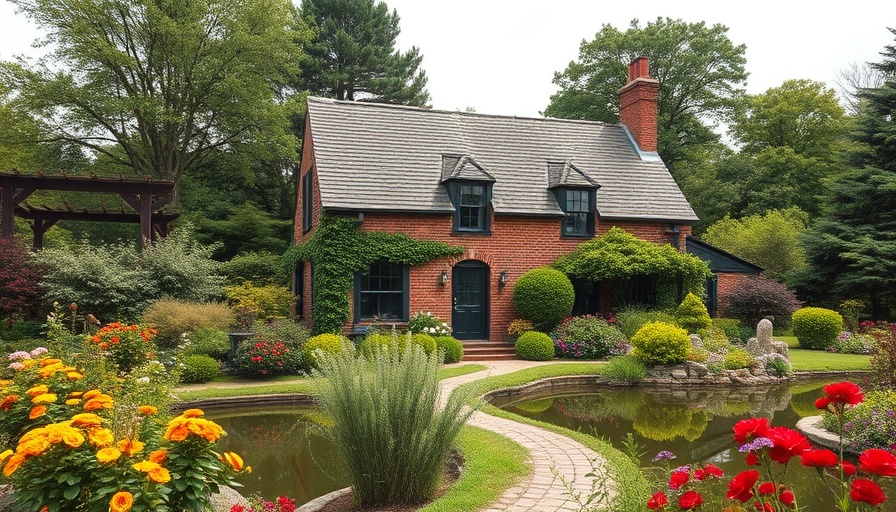
Accessible Home Design: Understanding Its Importance
In a world that increasingly values inclusivity, the design of homes for accessibility stands out as an essential need. As highlighted in the latest episode of This Old House, the significance of combining beautiful aesthetics with functionality can lead to transformative changes in a household. Featuring a case from a Lexington, Massachusetts home, this episode showcased how thoughtful architectural design can address mobility challenges while embracing modern trends.
In 'This Old House | Ramping Up (S45 E7) FULL EPISODE', the discussion dives into the significance of accessible home design, exploring key insights that sparked deeper analysis on our end.
DIY Solutions: Building a Ramp with Purpose
One compelling segment of the episode included a DIY project led by Charlie Silva, where he assisted a parent in constructing a ramp for his son at a camp. The ramp was designed according to the ADA's specifications, illustrating how even small modifications can significantly enhance accessibility. The process highlighted not only the structural requirements of building a 10-foot ramp with a 10-inch rise but also the emotional aspect of creating spaces where children can freely interact and have fun.
Learning from Inspiration: A Visit to a Modern Home
Kevin O'Connor's visit to a contemporary, accessible house revealed how luxury and functionality can coexist. The homeowner, who built their house to cater to their daughter with disabilities, shared insights on the importance of universal design that equally accommodates friends both with and without disabilities. Such stories showcase the broader relevance of accessibility in modern home designs and can inspire homeowners to consider similar approaches in their renovations or new constructions.
Preserving Character While Enhancing Functionality
Another amazing aspect of the episode was the careful restoration of mid-century brickwork from 1960. The team emphasized the challenge of matching new mortar to existing materials without losing the home’s character. This reparation process represents a key consideration for homeowners looking to maintain their property’s unique identity while ensuring it meets current living standards.
Final Thoughts: Accessibility Equals Possibility
The episode not only provides a wealth of practical tips and insights for home renovations but also shares a compelling narrative about inclusivity. As homeowners assess the potential of their spaces, they are encouraged to embrace changes that enhance both accessibility and personal aesthetics. Whether it’s a DIY ramp that opens up a camp for a child or a carefully planned home designed with the future in mind, the message is clear: accessible living enhances quality of life.
 Add Row
Add Row  Add
Add 




 Add Row
Add Row  Add
Add 

Write A Comment